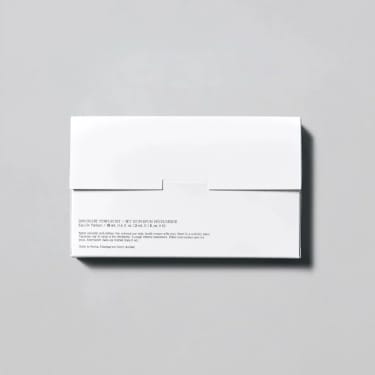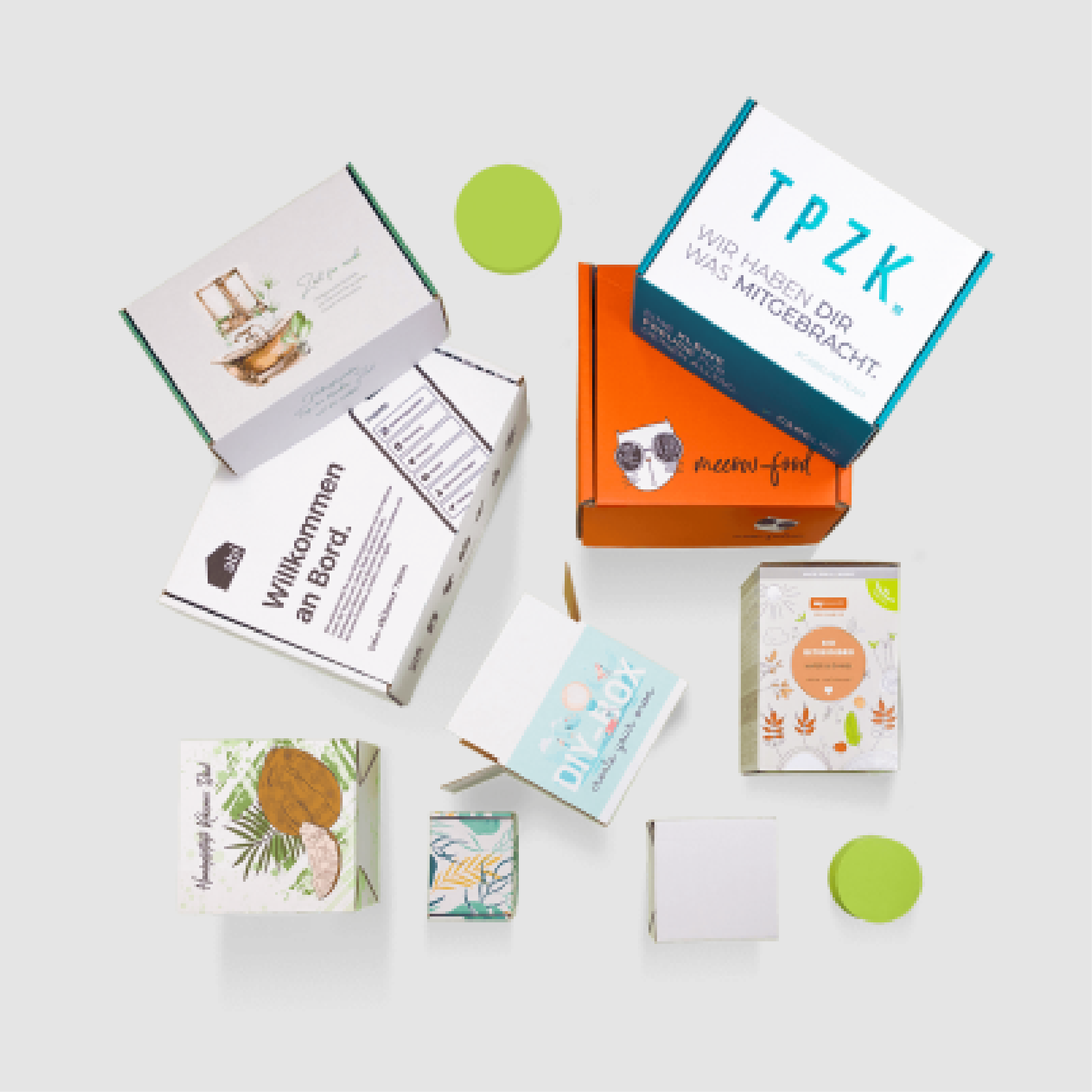Product Packaging
Product packaging is a crucial process that involves designing, creating, and enclosing products for storage, distribution, and sale. The process is essential because it helps create an attractive and functional container that protects the product and promotes the brand.
The packaging process starts by identifying the target market for the product and designing packaging that appeals to this audience. Packaging designers and manufacturers select materials, colors, shapes, and sizes that align with the product's brand identity and provide a unique selling proposition.
Packaging must also be produced considering environmental impact, ease of use, and transportation. Once the packaging is designed and produced, it is distributed and stored efficiently and safely to minimize costs.
Levels of Product Packaging
Product packaging can be divided into three primary levels based on function. These levels are:
1. Primary packaging:
This refers to the container that directly holds the product. Primary packaging is the packaging that consumers interact with during purchase and use. Businesses prioritize the aesthetics and usefulness of primary packaging due to its direct impact on consumers. Folding carton boxes are one of the most common types of primary packaging.


This is the packaging that encloses and protects multiple units of primary packaging. It is an extra layer of containment and security, especially during transportation or storage. Shipping boxes are the most commonly used form of secondary packaging. It's worth noting that while aesthetics may be less critical for secondary packaging, it can still be used to enhance brand recognition. Also, with the increasing popularity of e-commerce, direct-mailer boxes, which don't require additional secondary packaging, are becoming more common. They act as a barrier to prevent product damage and add aesthetic appeal.


This outermost layer protects multiple units of secondary or primary packaging during distribution. This level of packaging is mainly concerned with safety and space efficiency rather than design.

Primary Types of Product Packaging
Various types of product packaging are available, depending on the needs of the product and the manufacturer. Each type of packaging has unique properties that make it suitable for specific products or circumstances. Some of the primary types of product packaging are listed below, along with a more detailed explanation:
1. Corrugated packaging:

2. Flexible packaging:
This type of packaging uses the malleable nature of certain materials, such as plastics, foil, and paper, to wrap around the product. Flexible packaging can conform to the product's shape, making it ideal for irregularly shaped items. Flexible packaging can also be resealed, which makes it suitable for products that need to be opened and closed multiple times.

These paperboard boxes can be folded into a compact form and reassembled. Folding cartons are commonly used for small items like electronics and cosmetics. Folding cartons can be customized with printing, embossing, and other decorative features, which makes them ideal for branding and marketing.
4. Rigid boxes:
Rigid boxes provide high protection and structural integrity, making them ideal for luxury or delicate items. Rigid boxes are made from thick paperboard or chipboard, which provides stiffness and strength. Rigid boxes can be customized with printing, foil stamping, and other decorative features, which makes them ideal for high-end branding and marketing.

Blister packs are transparent plastic packaging that securely encloses and displays products. They consist of a formed plastic cavity, the item's blister, and a backing card providing structure and product information. Blister packs are used for pharmaceuticals, hardware, and small consumer goods. Blister packs can be customized with printing, embossing, and other decorative features, which makes them ideal for branding and marketing.


Primary Types of Printing for Packaging
1. Offset (lithography) printing
2. Flexography printing:
This printing involves using flexible rubber plates to transfer ink onto the packaging material. This method is ideal for printing large volumes at high speeds and is commonly used for printing on materials such as plastic, paper, and cardboard.
3. Silk printing
4. Digital printing
Embellishments worthy of considering when you design packaging
When it comes to designing, there are several embellishments that you can consider incorporating to make the packaging stand out.
1. Embossing and debossing:
Embossing and debossing can add depth and texture to your designs. Embossing creates a raised effect on your plan, while debossing creates a recessed effect. You can use these techniques to add a tactile element to your work.
2. Spot UV and Raised UV printing:
Spot UV and raised UV printing can add a glossy effect to your designs. Spot UV involves applying a varnish to specific parts of your plan, while raised UV printing creates a raised effect on your design. These techniques are especially effective when you want to emphasize certain areas of your design.
3. Hot foil stamping and cold foil printing:
Hot foil stamping involves using a heated die to apply metallic or colored foil to your design. This technique adds a luxurious and sophisticated touch to your work.
Incorporating these embellishments into your designs can elevate your work and make it more visually appealing and engaging.
Trends in product packaging
In today's constantly changing market, keeping up with the latest packaging trends is crucial to meet customers' ever-increasing needs and expectations. Here are some of the trends to watch out for:
1. Sustainable packaging - Environmentally friendly packaging that reduces the carbon footprint is gaining popularity.
2. Smart packaging - Packaging that interacts with customers in novel ways, such as QR codes, augmented reality, and IoT-enabled devices.
3. Adaptation to online shopping requirements - Packaging optimized for online shopping, such as easy-to-open boxes, minimal packaging, and tamper-evident seals.
4. Simplicity in design - Minimalistic, sleek, and simple packaging designs are becoming more popular.
5. Personalized packaging - Packaging customized to the individual customer, such as personalized messages, graphics, and images.
6. Interactive unboxing experience - Packaging that provides an interactive and engaging experience for customers when opening the package, such as surprise elements, hidden messages, and unique opening mechanisms.
Why is Product Packaging Important?
Product packaging is an essential aspect of product development, and it plays several crucial roles across a product's lifecycle that can impact a product's success.
1. A protector for the product.
Packaging is a protective barrier that safeguards the product during transportation or storage. It prevents any damage due to mishandling, rough handling, or exposure to environmental factors such as moisture, temperature, or light. Thus, packaging ensures the product reaches the customer in perfect condition, which can significantly impact customer satisfaction and brand reputation.
2. A tool for drawing attention
packaging is the first point of contact between a product and its potential customers. It is crucial to grab their attention and create a positive first impression. Adequate packaging can make a product stand out on the shelves and differentiate it from its competitors. It can also communicate essential information such as the product's features, benefits, ingredients, or usage instructions.
3. An interface for communicating
product packaging is an interface for brands to communicate their messages, values, and stories to their target audience. It can convey a brand's visual identity, personality, and values, creating a connection with the customers. For instance, eco-friendly packaging can communicate a company's commitment to sustainability and environmental responsibility.
4. An identifier for brand
packaging plays a crucial role in brand identification and recognition. It can help customers recognize a brand quickly and create brand loyalty. Consistent packaging design, color schemes, and logo placement can enhance brand recognition and recall, ensuring that customers can identify the brand quickly and associate it with a positive experience.
5. A helper for enhancing user experience
well-designed packaging can enhance the user experience by providing convenient functionality and delivering additional value. For example, easy-to-open and resealable packaging can improve convenience and usability. Informative labels, usage instructions, or promotional materials can provide extra value and create a positive user experience.
Factors to Consider When Creating Perfect Product Packaging
When designing product packaging, there are several factors to remember to ensure it is perfect for your customers. These factors include:
1. Place of sale.
It's important to consider where and how the products are being sold when designing their packaging. This will help determine the packaging's functional needs. For example, the packaging requirements may vary significantly if the product is sold in a supermarket, online, or on a counter display. Therefore, it's essential to understand the selling areas to create an effective packaging design.
2. Safety:
Safety is not only concerned with safeguarding the product from damage during transportation and handling but also with ensuring the user's safety and preventing any potential risks that could harm your customers or damage your product. A well-designed structure and optimal materials can help you achieve this goal. The more fragile your content is, the sturdier your package material should be.
3. User Interaction:
Your packaging should be designed to encourage interaction with your customers. The customers are not only the end-users but also retailers. Therefore, it is essential to approach things from their perspectives. First, consider how the package will fit on shelves and displays. You must convince retailers that your products will sell more than your competitors in that space and maximize the revenue the same room produces. Second, consider providing clear instructions, simple-to-use features, and an engaging design that facilitates customer interaction with your product.
4. User Experience:
Having a positive customer experience is crucial when it comes to product packaging. It is essential to ensure that when the packaging is opened and resold, the experience is smooth and hassle-free. The user experience of the packaging is often the biggest differentiator between leading brands and private labels. Therefore, it is imperative to remember the importance of a seamless user experience for packaging.
5. Uniqueness:
Your packaging should stand out from the competition and be memorable. Consider incorporating unique design elements, materials, or features that differentiate your product.
6. Social Media Interaction:
Make it easy for customers to share their experience with your product on social media. This can include adding hashtags, social media handles, or QR codes to your packaging.
7. Budget:
Working within a budget is essential while designing your packaging. This can involve finding creative solutions that are cost-effective and efficient while still meeting your needs.
8. Visual Appeal:
Your packaging should be visually appealing and effectively communicate your brand's message. This can include using high-quality graphics, typography, and colors that resonate with your target audience.
9. Environmental Impact:
Consider the environmental impact of your packaging and aim to make it as environmentally friendly as possible. This can involve using recyclable materials, minimizing waste, and reducing your carbon footprint.
Pitfalls you should avoid when creating product packaging
When creating product packaging, it's essential to avoid certain pitfalls that can negatively impact your brand and sales.
1. Mixed messages with your packaging.
This can happen when the design, colors, and messaging are inconsistent with your brand identity or the product inside the package. It's essential to ensure that your packaging accurately reflects your brand's values, mission, and product features. Simple, accurate, straightforward, and unique messages convey your brand’s weight more effectively.
2. Copying your competitors' packaging.
While it's essential to stay aware of what your competition is doing, unquestioningly imitating their packaging can make your product seem unoriginal and diminish your brand's uniqueness.
Instead, consider their success, but put your twist on them, focusing on creating packaging that distinguishes your product by highlighting its unique selling points.
3. Chasing trends
While following the latest design trends may be tempting, they can quickly become dated and irrelevant. It's better to focus on creating a timeless and classic design that will stand the test of time and remain relevant for years.
